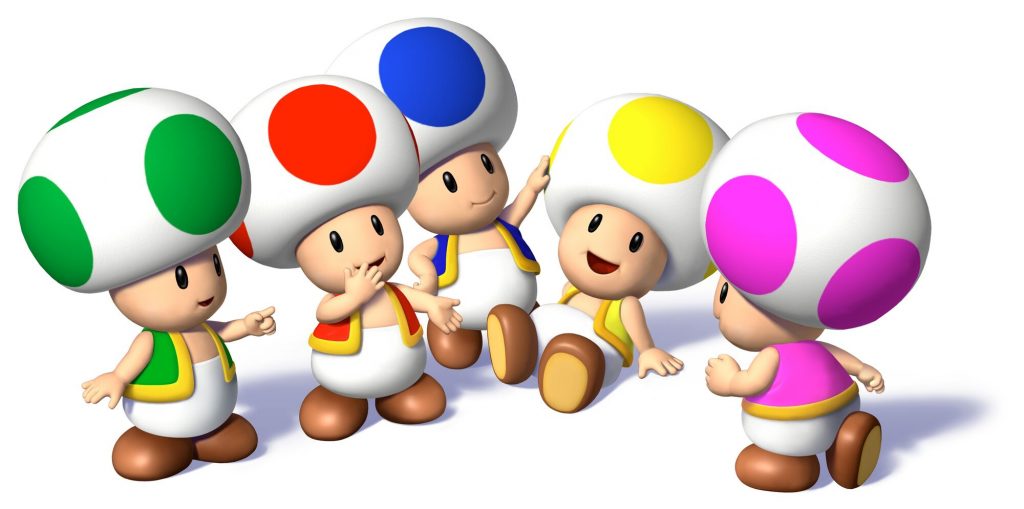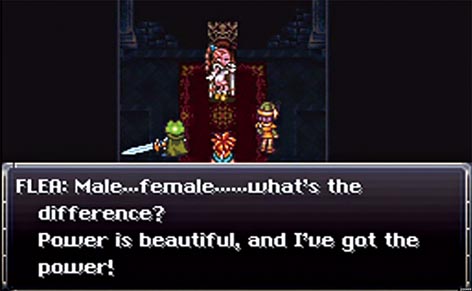Inclusion and Diversity
When we talk about culturalization in video games, we can delve more deeply into the variables that involve inclusive identities. Although there is a long way to go, we can find several titles that serve as an example of a trajectory to improve this experience. In some cases, it is addressed as a central theme, but in other cases, it is directly natural narrative issues that occur fluently and therefore contribute to the transmission of an egalitarian message.
The 80s
While we could think about this issue as a pretty modern one due to the continued social exclusion of different gender identities, in reality, characters have been going beyond cis-gender since 1985.

That’s right, we’re talking about the time when Super Mario and Company were kings. In several interviews, Shigeru Miyamoto has said that the “Toads” race (the small anthropomorphic mushrooms) wasn’t designed with a specific gender, but even then the decision was tied to design issues and had nothing to do with making an intentionally inclusive choice.
Other games have come out starting this year that have featured trans, gay, lesbian, and bisexual characters: Le crime du parking, Le mur de Berlin va sauter, Moonmist,Caper in the Castro, Circuit’s Edge, Phantasy Star II; however, all of the aforementioned titles are not very well known in popular culture or the characters deemed as representative have supporting roles.
The 90s
The 90s looked a lot like the 80s, but during these years, partly due to cultural shifts and also to the number of titles released as a result of high production volumes, developers began to generate not just more variety but relevance in their characters.

The most iconic title in terms of relevance and popularity was Flea, a Genderqueer villain in Chrono Trigger (1995) who refers to itself as “Man or woman, what difference does it make? Power is beautiful, and I have the power.” Also, in The Beast Within: A Gabriel Knight Mystery (1995), the antagonist Baron Von Glower pursues Gabriel sexually and even encourages him to become a werewolf.
Be that as it may, it is interesting to point out when taking stock of all the characters that those who play important roles were the bad guys most of the time. For example, Ash in Streets of Rage 3 (1994) fits with those mentioned above.
While the 90s represented an era of change, even visibility and inclusion required some transformation time. In the second part of these notes, we will analyze what happened starting from 2000 onwards through today.
